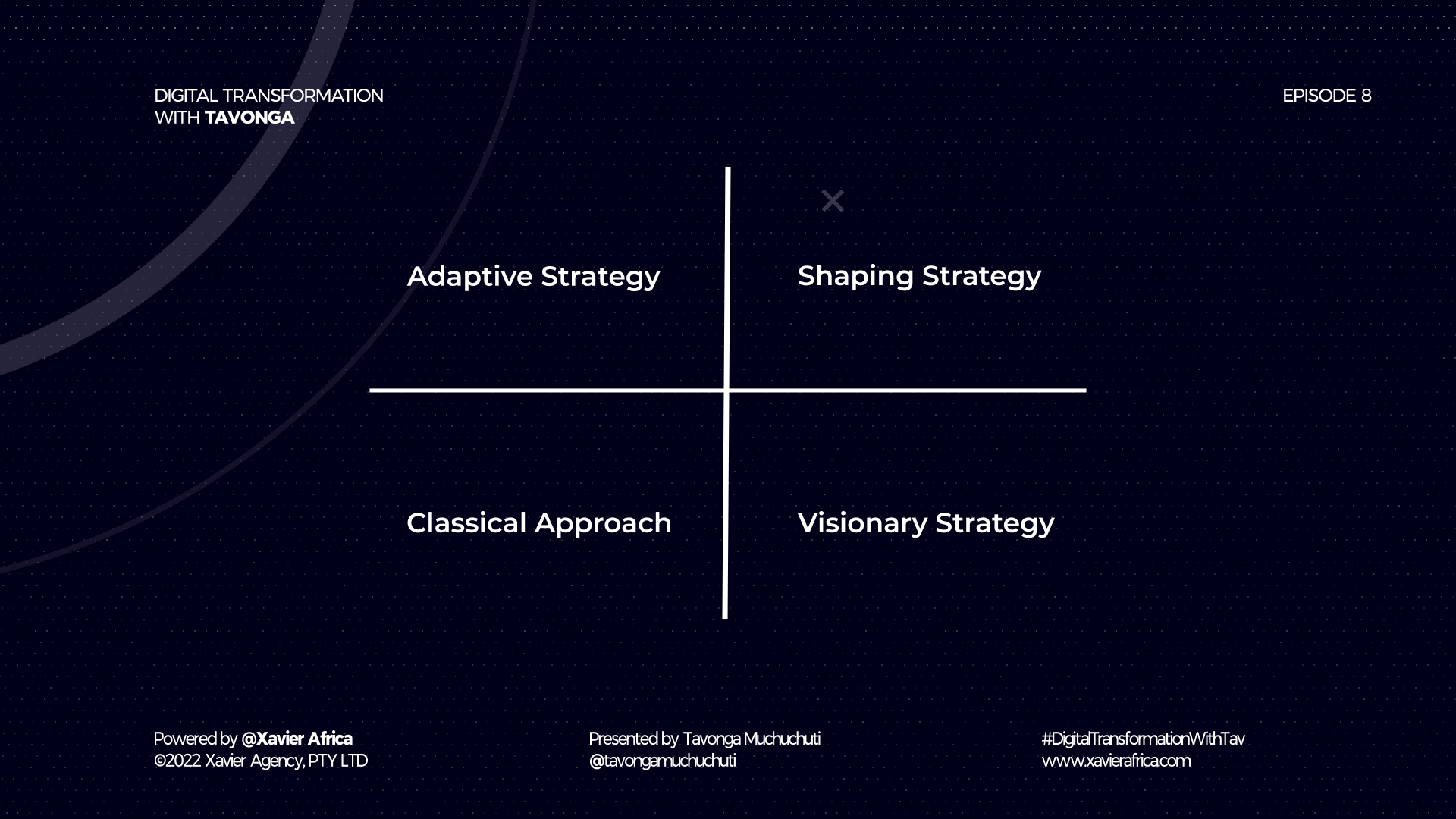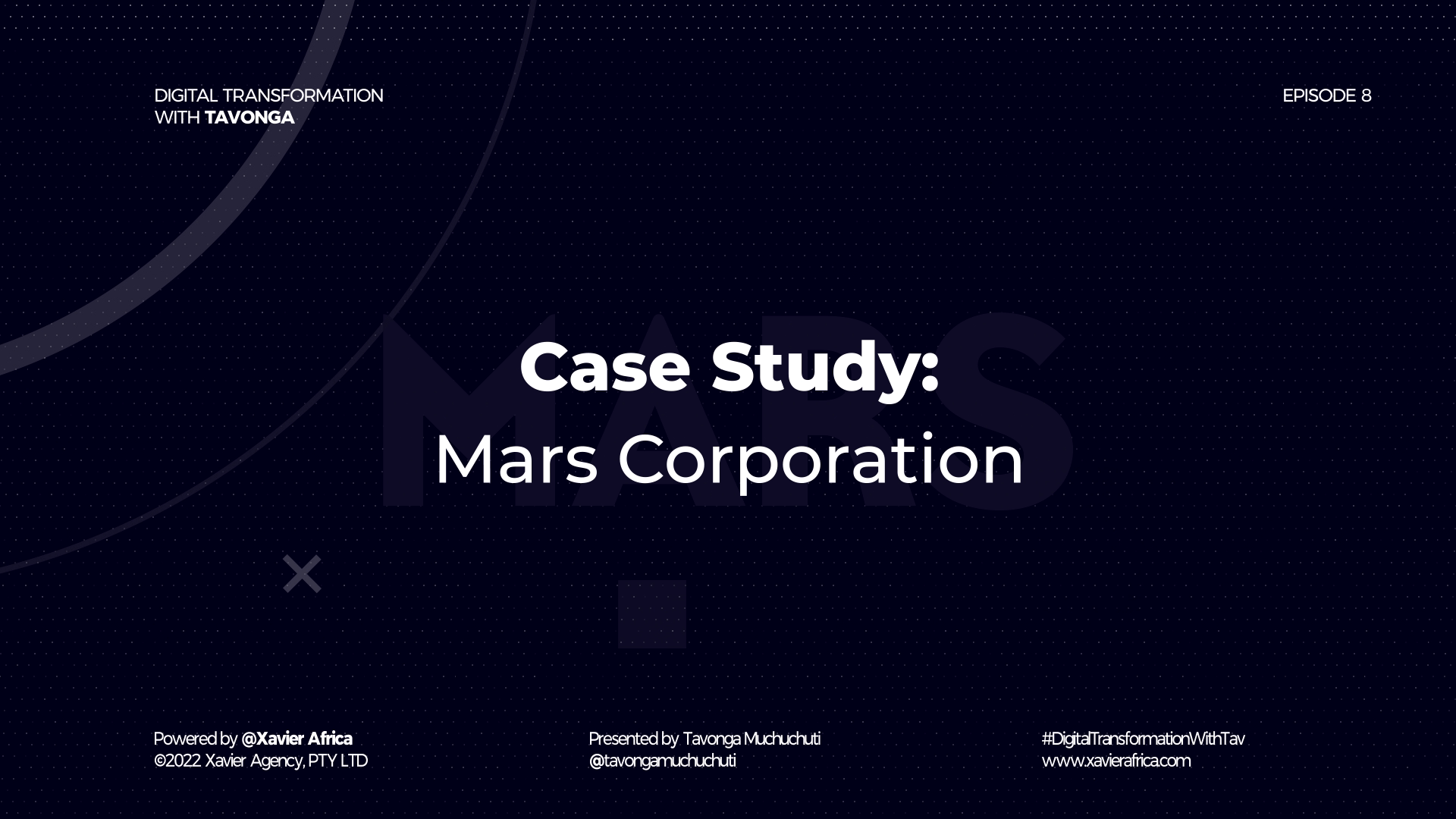Welcome back to the Digital Transformation column, hoping the long weekend was a restful one!
Previously, we were looking at the prospects of using a digital toolkit to create a transformation journey for your business. We looked at the different elements of how the toolkit can be used and optimized, and then went on to look at how exactly your business can use digital transformation to become more profitable and to improve your customer service.
Business Strategy
In this column, we’re going to look at every single one of these building blocks, starting with the very first one, business strategy. How do you as an organization, create a business strategy that not only ensures that you’re a thriving business digitally? Furthermore, how do you leverage digital technologies to place your business ahead? Those are the question that we’re going to be answering today.
In doing that, it’s worth understanding first, how business strategy is formulated. As a business, how do you create a strategy? In business class, what I was taught was to use a classical perspective to determine your business strategy.
-
Firstly, you look at the external business environment and create a PESTLE Analysis. After that, you go on to create a Porter’s Five Force model to understand the internal environment.
-
Afterwards, you do a comparative analysis, and then you
-
look at your resources and capabilities as a business.
-
Finally, you look for how you can be able to leverage those to maximize your business.
But unfortunately, the amount of uncertainty and malleability that have come into the global market over the last 20-30 years has made it very difficult to use these approaches and as a result, businesses need to have a more dynamic way of looking at strategy and this dynamic way starts of with what we call the strategic pallet, developed by BCG consultants, one of our good friends here at Xavier Africa. They basically say the strategy of a business should be dependent on two main things; the malleability of the market, and the uncertainty within it. And therefore, looking at this combination, a four-point grid is created. The four-point grid allows us to be able to determine the kind of strategic direction your business must follow to leverage that specific market.
Strategic Grid Matrix
Starting with the very first elements of the grid. You look at a low malleability and low uncertainty market.
That’s exactly where our classical strategy starts off, whereby because you cannot necessarily shape the market any further in terms of malleability, and the uncertainty to the market is not too much, all you can control is how big you can get as a company in order to use economies of scale to ensure that you maximise your business growth.
In the top right corner, you’ve got the shaping strategy, which is probably one of the most difficult types of environments and organizations can be in. This is because the biggest issue is that you have high uncertainty within the market, as well as high malleability. So, because of the volatile nature of a kind of industry, there’s a lot of call for collaboration with the different players from the industry for you to be able to maximize on that spectrum. And therefore, it’s important that within that, ecosystems are leveraged to ensure maximum viability of the business

Number two, you look again on the left side, you look at low malleability, high uncertainty. These are business environments, whereby you cannot make that many changes in terms of malleability and shaping the industry, however, uncertainty is through the roof to the loop, and therefore as an organization, you need to take an adaptive strategy, whereby you dabble and try many different types of strategies. And then when you find one that works, you maximize on it, and then draw back after some time and continuously seek out new strategies because of the level of uncertainty in that market.
The third one, at the bottom right corner, is what we call the visionary strategy. The vision strategy means that there’s a lot of malleability in that market. You could be able to shape it in whatever form you want to as an organization, and the uncertainty within the environment is low.
What this means is that as an organization, you’re required to create new solutions out of the ordinary, and you’re able to get away with this within the market. And that’s the visionary stance.
Key Takeaways
Ultimately, looking at this strategic palette, as an organization where do you see yourself? How exactly does your market look?
It’s worth noting that once you understand the nature of the market that you’re playing and working within, you will be able to understand how digital to be able to help you in this. As per usual we will go in and look at some of the examples from some of our favorite clients over the years, as well as some case studies that have been used over the years in order to demonstrate and show how digital transformation can be used to leverage the markets. Once you understand where you stand in the strategic palette, it’s often easier for you as an organization to determine how technologies can be able to help. For example, if you are an organization in the classical strategy, and that environment has low malleability and low uncertainty, this basically means that you can be able to get away with using digital technologies to grow as big as possible.
Case Study

I’ll give an example of one of the companies that are really inspired by an organization called the Mars Corporation. This company produces chocolates that we have in the different shops. Chocolates such as Mars, Bar One etc. They are in a market whereby there’s very low uncertainty and these very low malleability. You can’t really shape how the market goes over time. However, what they’ve managed to do is to concentrate on using digital technologies to ensure that they grow big. They have done this by introducing multiple channels that they can be able to use to sell more and more of their products. They have also used digital technologies as well, including artificial intelligence to optimize their supply chains to ensure that they can be able to be as big as possible, and further benefit from economies of scale.
Therefore, as an organisation, your aim has to be to understand the kind of realm you’re in, in order for you to understand how best you can be able to use digital to get to your goal. You look at markets that are in visionary mode. These types of industries and markets need to be able to understand and obtain complements that will ensure that they are able to create completely new products since everyone within the market is trying to look at creating new products. We can also look at industries in the shaping stage, where you look at how to use technology to collaborate with other players in the industry to curb the uncertainty together and shape the market in a way that best benefits you and your industry. Thus, understanding these different fundamentals and how digital transformation and digital technologies can help you, will allow you to do 2 things, these are:
-
Increasing the operational efficiency within the organization, and
-
Improving the customer experience within the organization
An understanding of where you fall within the strategy palette enables you create the data strategy that will take your business to the next level. Thank you and join me in the next column.
